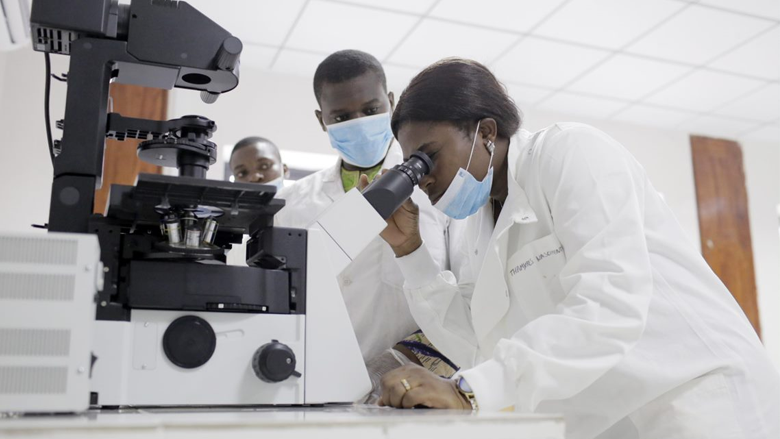Cyprian Syeunda graduated with a Master of Science in Food Science and Technology from Kenya’s Centre of Excellence in Sustainable Agriculture & Agribusiness Management—and did so with flying colors. Named “Best Master’s Student,” he has already published in an internationally reputed journal. His next stop is Texas A&M State University, where he has won a scholarship to pursue a PhD in Food Science and Nutrition.
“We share in this excellence and grateful for the World Bank funding that has made this possible,” says Cyprian. “If it were without the support, probably I would not have made it to this level.”
Cyprian has benefitted from the IDA-supported Eastern & Southern Africa Higher Education Centers of Excellence (ACEII) project. The project is designed to strengthen selected academic research centers to deliver quality post-graduate education and develop globally engaged and collaborative research capacity in the Eastern and Southern Africa region.
The project addresses the fact that the countries of Eastern and Southern Africa have not produced the quantity and quality of skilled graduates required for expanding and diversifying their economies. Despite an uptick in university enrollments over the last two decades, the region has lagged behind others in developing graduates in disciplines related to science, technology, engineering and mathematics—as well as in applying high-quality research to address local issues.
Female enrollment rates—as a percent of total enrollment—were particularly low: less than one percent in Malawi and four percent in Ethiopia.

